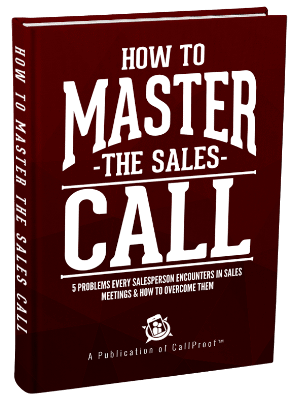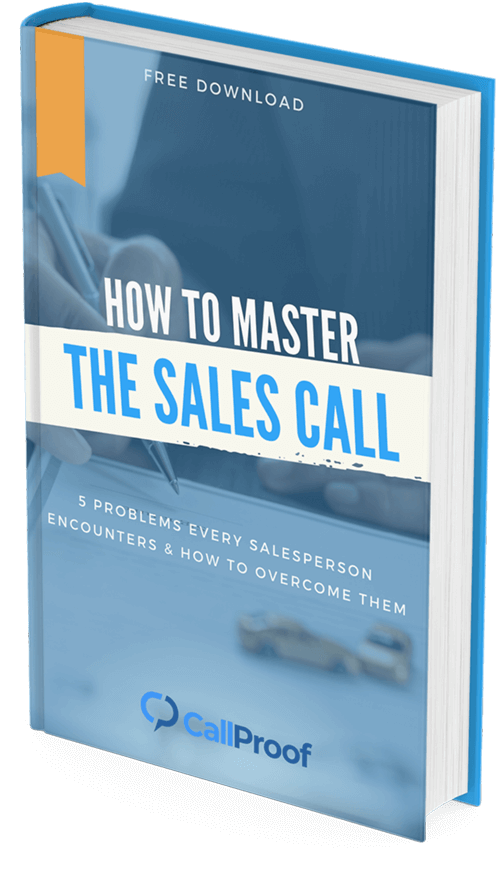![]()
I’m a multi-tasker. And because of that, I love Audible — I can listen to a book while doing just about anything. But recently, there was one book I was ready to read that wasn’t on Audible, so I picked up the hard copy. I hadn’t finished page one before I got distracted!
Why? My attention span is short. But it’s not just me — it’s all of us. Now, in our instant gratification culture, even a goldfish has a longer attention span than we do!
Naturally, our leads have the same issue. They have an itch to scratch when we get their referral. As soon as they find a solution (even if it’s not the best one), they move on and that opportunity disappears.
But what if you have old leads? No matter how good your CRM is, if your leads are old (10 years or 10 weeks), you’ve got a problem. So, before you blame the CRM for your sales plateau, ask yourself these questions to get to the root of the problem.
Is Marketing Talking to Sales?
Marketing and sales departments need to work together. Marketing spends major money to buy ads that bring in phone calls and find leads through outside sources. But, if they aren’t communicating with sales, your company may miss the value of your leads.
Marketing knows what a campaign costs, but they don’t always know how many leads it generates. Instead, they need to figure out the number of leads that come in because of each marketing strategy. Then they can calculate the cost of each lead — helping to develop their marketing strategy for the future and place an immediate value on leads for the sales team.
How many people filled out a form, gave information, or contacted you because of your $5K campaign? Once you get hard numbers, marketing can tell you exactly how much each lead is worth.
How Quickly Do You Respond to Leads?
Sales reps should respond to leads immediately. How do you think of leads — as a treasure or a task? Some salespeople treat leads as a task they need to complete within a week, while they need to respond within minutes. Otherwise, they loose the prime window for a sale.
InsideSales.com found that if you follow up with a lead within five minutes, you’re nine times more likely to convert them. Sales managers need to hold their team accountable to responding immediately.
Immediately? Yes. As soon as you see it. Do you want to close the sale? If so, call them right away. If a lead comes in at 4:00, don’t wait until the next day. If someone submits a form at 9 pm, call them then. And if you don’t get to it right away, call as soon as it’s acceptable to do so.
It’s not a matter of waiting until you get to your office to return calls. Sales don’t work that way unless you’re the only person selling something. Otherwise, leads are gold.
Is There an 800 Number on Your Contact Form?
People with wallets spend on phone calls. It’s also quicker to close on a call. A lead form (without an 800 number) tells potential buyers that their entries aren’t very important — they’ll be answered when you have time.
But any good sales organization makes time to answer sales questions. And any good salesperson would love to get a phone call from a client. The problem is solved when you add a number to the contact forms. That’s why we use custom phone numbers.
How Sales Tracking Apps Solve Your Problems
Sales tracking apps make it easy to solve these problems with two functions: displaying each prospect on a map and tracking communication with your prospects.
Provides Location
Sales tracking apps show you each lead’s location. Often, someone will fill out a lead form but not respond to your calls or emails. If you’re using the app, you’ll see your leads on a map. And a pop-in visit can be extremely beneficial.
So, if you just received a lead in Franklin, Tennessee while you’re in the area, you stop by to say hello. This person was interested in your business but didn’t want to talk to a sales rep. Now, since you’re standing in front of them, they may ask you about an objection you can resolve.
Tracks Responses
Sales managers, do you know how many leads are NOT contacted? An app like CallProof shows emails, calls, and texts sent to clients so no lead gets overlooked. See, a lot of salespeople make judgment calls on the leads. If they see a fake-looking email address, they skip it. But if their manager asks about it, they don’t say, “I didn’t call him because the email was fake.” They’ll just say they called and that he wasn’t interested. So, unless you have a record of the call, don’t assume they made it.
Other leads are only contacted once. Most of your leads are busy. You are not the only issue in their world. So, even though you could solve their problem, they put you off. In fact, 80% of sales require five follow-ups to close the deal, but 44% of salespeople give up after one follow-up. So, if leads say, “I’m busy right now, you’ll need to call me back,” don’t assume they aren’t interested. You have to reach out several different ways to get their attention.
Here’s how I tell the salespeople in my organization to handle a lead: call, email, and text.
The next day: call, email, and text.
And the next day: call, email, and text again.
And the text message matters. Texts can’t be random, generic, or impersonal. Make the message understanding: “I understand you’re busy. What’s the best time to call?” Don’t text about your product and if they want to buy. Rather, ask a question about when they’d like to communicate.
Leads are valuable. When your marketing and sales departments work together and each lead is contacted promptly and repeatedly, you’ll see your numbers climb.
What’s the value of a lead that you don’t call? Nothing.



